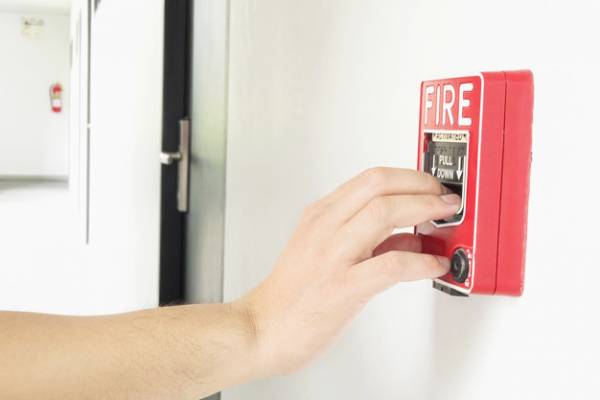Most of the time, we never know that an impending disaster is about to strike. Although sometimes there are signs that a catastrophe is coming, we tend to miss them because we’re so focused on things we do routinely. And unfortunately, other disasters such as an earthquake don’t announce their arrival ahead. They just happen, catching us off guard. Our best contingency plan to stay safe despite the dangers they pose is having a plan of evacuation. It helps in knowing what to do and where to go during an emergency. So, make sure to establish your plan of evacuation using our ready-made Evacuation Plan Templates. Get them here!
FREE 10+ Evacuation Plan Templates
Emergency Evacuation Sample Plan Template
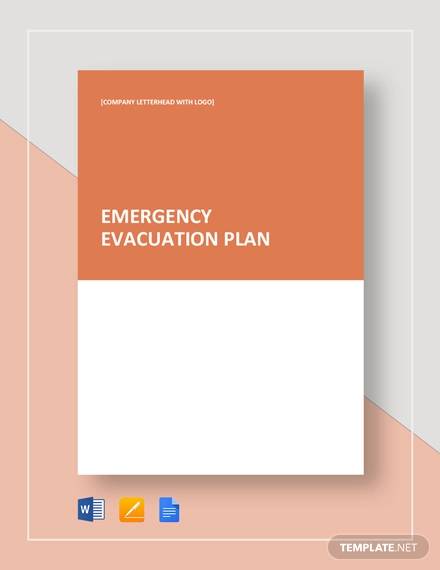
Sample Fire Evacuation Plan Template
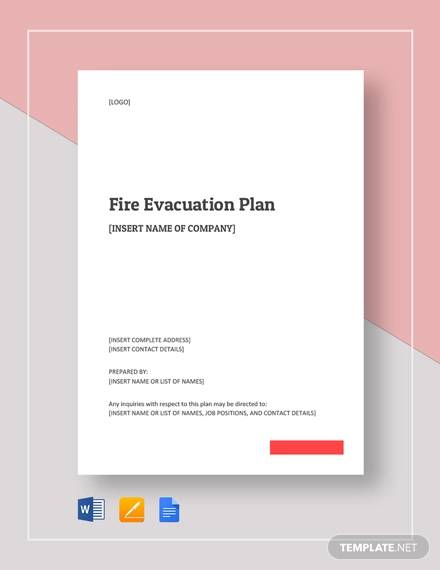
Home Evacuation Sample Plan Template
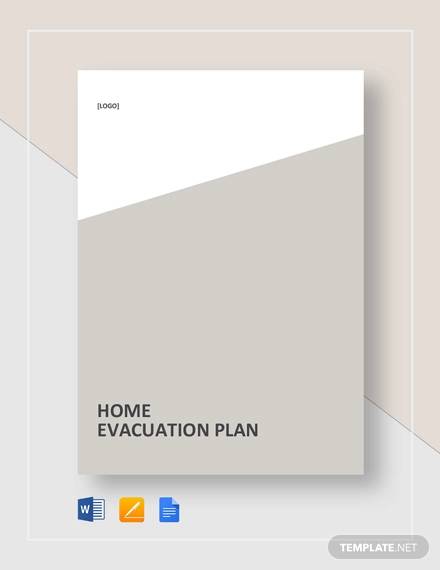
Personal Emergency Evacuation Plan Template
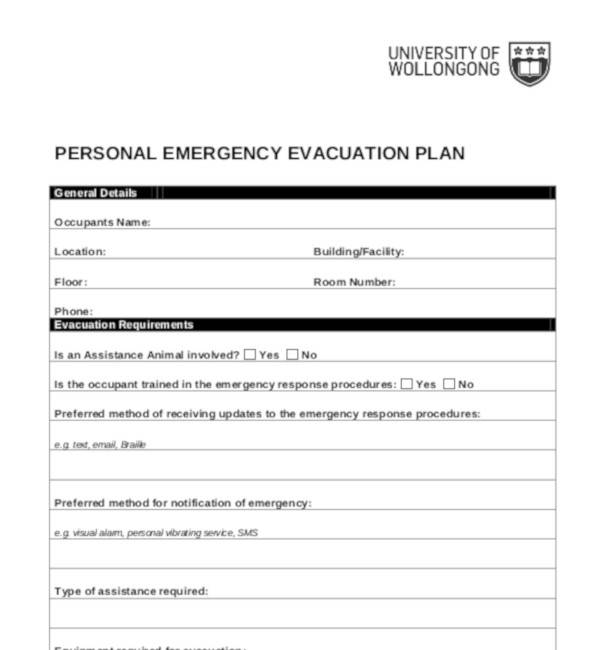
Flood Evacuation Plan Template
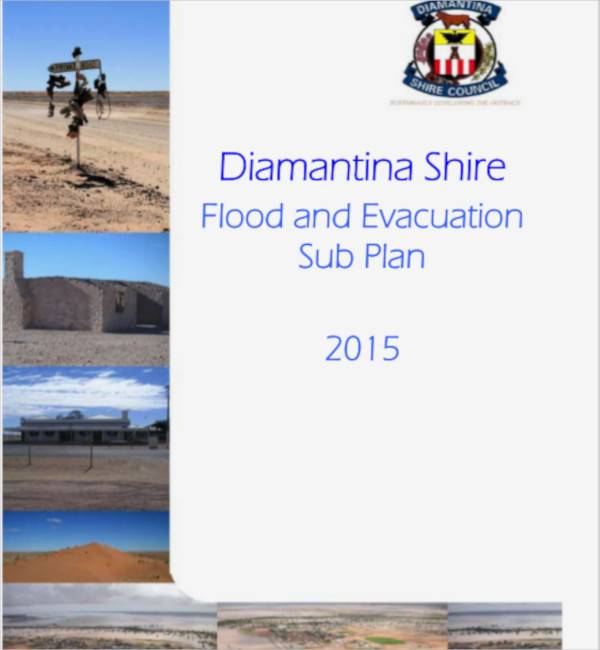
Evacuation Plan Template
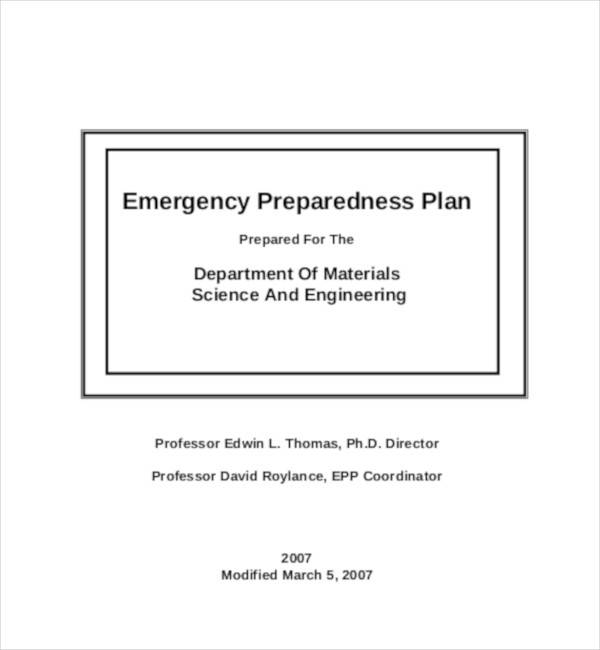
Fire Emergency Evacuation Plan
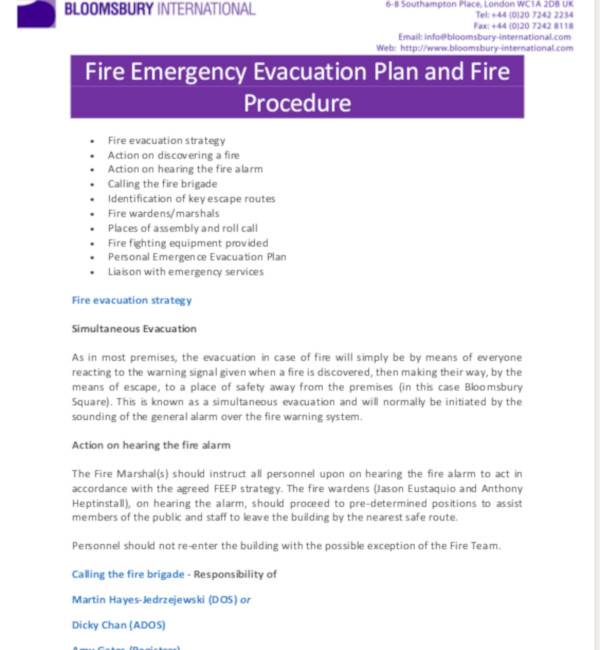
Simple Evacuation Plan Template
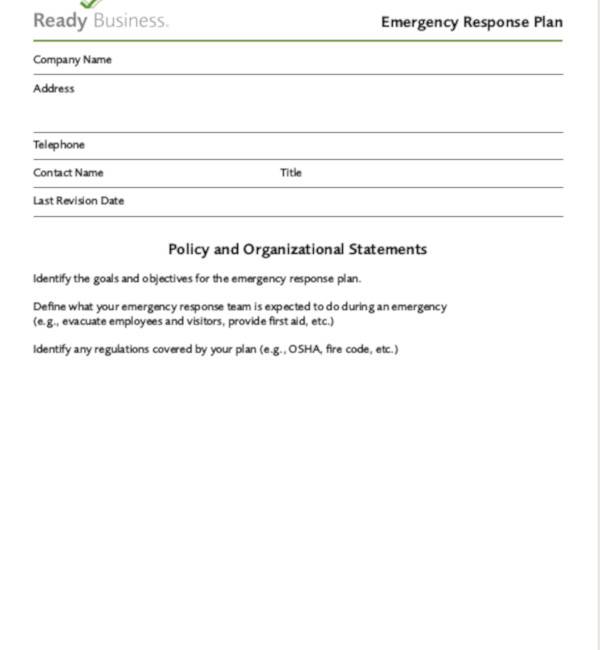
Example of Evacuation Plan Template
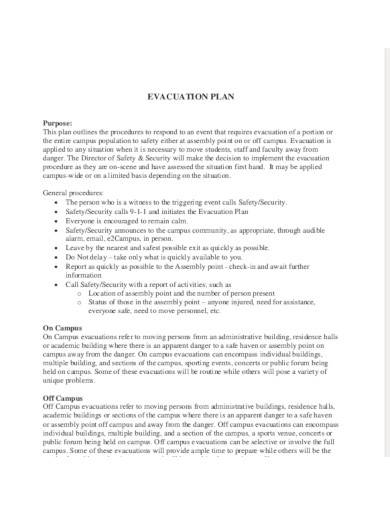
Emergency and Evacuation Plan

What Is an Evacuation Plan?
An evacuation plan is a planning document outlining a step-by-step action in leaving a premise during an emergency event safely. Emergency events that are likely to happen are earthquake and fire incidents. Those incidents occur without prior warning. That said, preparedness is crucial whenever they strike. A proper emergency procedure should be in place for that. And most importantly, people should move out of a premise unscathed, guided by an evacuation plan.
How to Make an Evacuation Plan
Without an evacuation plan, people residing in your building or household could be in danger during an emergency. They won’t know what their response should be to get to safety. So if you haven’t established an evacuation plan yet, you should formulate it asap. Get started by reading the basic steps we’ve gathered below.
Step 1: Review the Building’s Blueprint
Reviewing the building’s blueprint helps you identify the best route to exit the premises. Or, in other words, the best route to reach the fire exit. Knowing the construction of the building is critical in making an evacuation plan. For this matter, you should consult with the building’s engineers and architects. They know about its ins and outs better.
Step 2: Create an Evacuation Map for Each Floor
Based on the results of your review of the building’s blueprint, you should create a detailed evacuation map for each floor. The map should be a direct copy of the blueprint’s layout. All the rooms on each floor must have an evacuation map posted on their walls. Make sure that there are arrows to guide people where they must go. The map should have a “You Are Here” as their starting point to give them a better sense of direction. The evacuation map is the most important element of your evacuation plan. It’s what will bring people to safety.
Step 3: Implement Protocols
There should be protocols that people must follow during the evacuation. For earthquakes, the Duck, Cover, and Hold On is the general protocol. And when the shaking is over, people must exit the building in an orderly fashion while carrying something above their heads for protection against falling debris. And for fire incidents, people should stay low as they move out to avoid suffocating from the fumes and smoke. And it’s also advised to close the doors when they leave the rooms to prevent the fire from spreading.
Those are just a few examples of protocols that you must implement on your evacuation plan. There are several others. You should consult with a safety engineer to learn about them.
Step 4: Test the Evacuation Plan
When you’ve completed your evacuation plan, that doesn’t mean it’s done. There’s still one final step, which is to test it. How should you test it? You should test it by conducting an emergency drill. All people residing on the premises must participate. During the drill, you need to assess the plan’s effectiveness. One way to do that is by monitoring the number of minutes it took the drill participants to exit the building. If you see some glaring flaws, that’s when you must make some changes. And then you can finalize everything.
FAQs
What are the stages of fire evacuation?
These are the three stages of a fire evacuation:
Stage 1: Immediate Evacuation
People must immediately take action by starting the evacuation process, without hesitation.
Stage 2: Lateral Evacuation
People in the building must move away from the area where the fire originated.
Stage 3: Partial Evacuation
People must vacate the floors via the stairs or fire exit and move their way down to the ground floor.
Stage 4: Total Evacuation
People must move away from the proximity of the building.
What are the four types of evacuation?
These are the four types of evacuation:
- Stay In Place evacuation
- City evacuation
- Building evacuation
- Campus evacuation
What is the biggest civilian evacuation in history?
According to The Economic Times, the largest air evacuation ever was the evacuation of 170,000 Indians from Kuwait after Iraq invaded the country in 1990. One of the individuals who orchestrated the evacuation was Mathunny Mathews, an Indian businessman. Not only is it the largest evacuation via an aircraft, but it’s also the biggest civilian evacuation in history.
An evacuation plan can save many lives. During a disaster, it could be the difference between making it out unharmed and the opposite. So as early as now, you should establish your evacuation plan. Don’t wait for any warnings or signs of their impending arrival. Go ahead and download our Evacuation Plan Templates now.
Related Posts
FREE 9+ 30-Day Marketing Plan Samples in PDF | MS Word | Apple Pages | Google Docs
FREE 3+ Sales Team Action Plan Samples in PDF | MS Word | Apple Pages | Google Docs
Marketing Plan For Small Business Samples
FREE 7+ Fashion Business Plan Samples in PDF
FREE 10+ Sprint Planning Samples In MS Word | Google Docs | PDF
FREE 10+ Wedding Planning Samples in MS Word | Apple Pages | Powerpoint | PDF
FREE 9+ Monthly Study Planner Samples in PSD | Illustrator | InDesign | PDF
FREE 9+ Sample Curriculum Planning Templates in PDF | MS Word
FREE 10+ Teacher Development Plan Samples in MS Word | Google Docs | Apple Pages | PDF
FREE 10+ Basketball Practice Plan Samples in PDF
FREE 12+ School Business Plan Samples in PDF | MS Word | Apple Pages | Google Docs
FREE 7+ Client Strategic Plan Samples in PDF | MS Word
FREE 11+ Trucking Business Plan Templates in PDF | MS Word | Google Docs | Pages
FREE 7+ Small Hotel Business Plan Samples PDF | MS Word | Apple Pages | Google Docs
FREE 14+ Bakery Business Plans in MS Word | PDF | Google Docs | Pages
